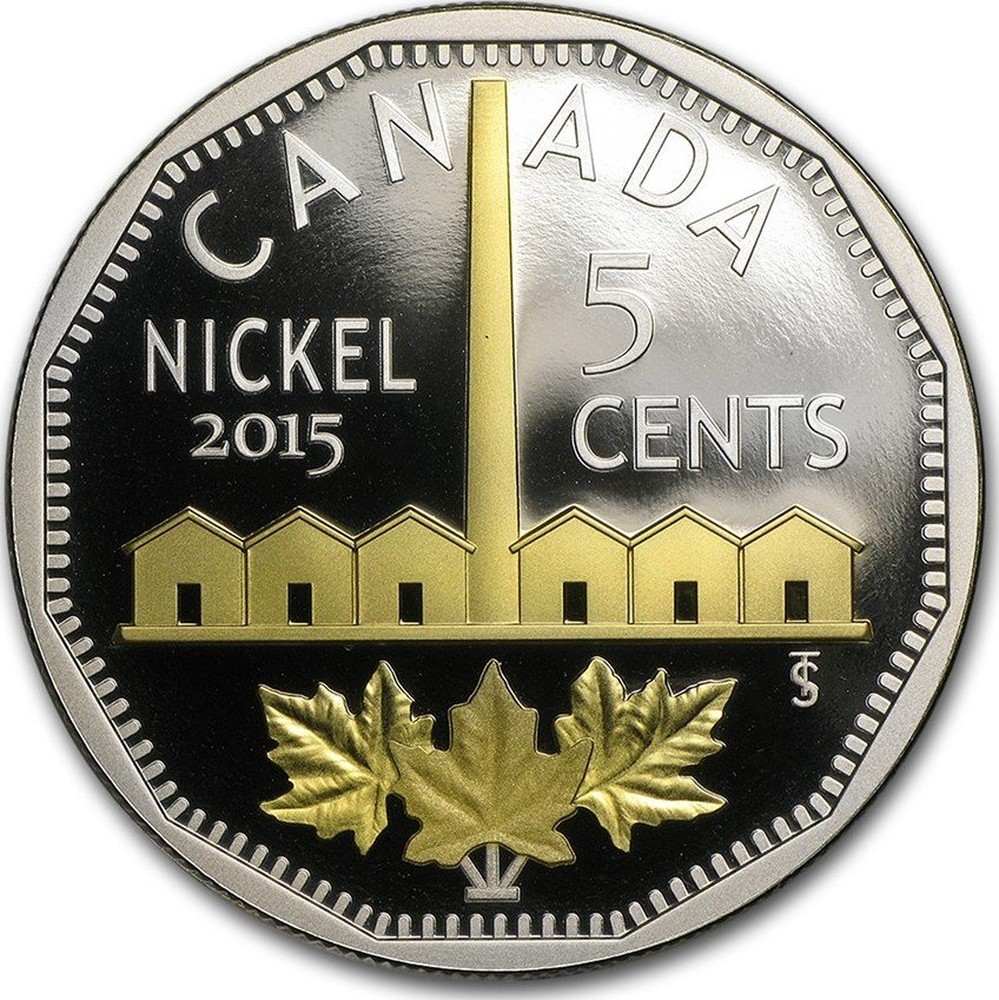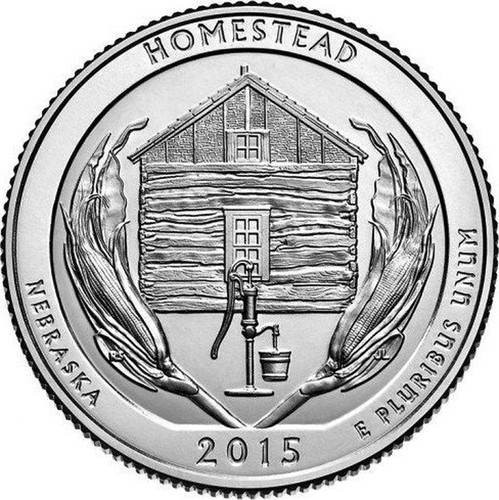

Ottawa’s share shrank by $4.7 million in 2014 and is expected to fall by another $9 million next year…until it reaches zero by 2031. City share in 2016 will be 57.3%Ġ: The federal government’s contribution to social housing by 2031. The City is the largest funding source and its share is growing as that of other orders of government shrinks. Toronto Community Housing Corporation (TCHC) is owned by the CityĦ3: Percentage of total social housing stock owned and operated by TCHCĢ87: Number of private market projects where the City has rent supplementsħ2: Percentage of Shelter, Support and Housing Administration 2015 budget that goes to social housing, remainder is for housing stability and homelessness servicesĤ9: Percentage of social housing spending in 2015 that comes from the City, including funds from reserves compares to 41% in 2014 and 31% in 2013. $1,818: Average market rent in Toronto for a two-bedroom rental condo apartment in the secondary rental market (Fall 2014)ħ8,248: Number of households active on the social housing waiting list (December 31, 2014)Ģ44: Number of community-based non-profit and co-op housing organizations providing social housing in Torontoġ: Number of municipal non-profit housing corporations in Toronto. $1,264: Average market rent in Toronto for a two-bedroom apartment (Fall 2014) $1,823 downtownġ4.4: Number of eight-hour days required at $11 per hour minimum wage to pay the average market rent for a two-bedroom apartment – before taxes $710: Maximum monthly shelter allowance provided to a family of four through Ontario Works (October 2014) $18,130: Average annual household income of social housing residentsģ4: Percentage of households on the active social housing waiting list on OW and ODSP Statistics source: Geospatial Competency Centre, Parks, Forestry & Recreation, Natural Resources Canada.ĩ3,404: Number of units under administration by the City’s Social Housing Unit as of April 1, 2015, includes 2,648 rent supplements with private landlordsģ,788: Housing allowances provided by the City directly to householdsĦ9,081: Number of rent-geared-to-income units where rents are set at 30% of the household’s income located on public right of ways on boulevards and commercial trees in sidewalks, etc) and 3.5 million trees in parks, ravines, and other natural areas. These include approximately 600,000 street trees (e.g.



and stretches 43 km from east to west and 21 km from north to south at its longest points. Located on a broad sloping plateau cut by numerous river valleys, Toronto covers 641 sq.km. Toronto – the name derived from the Huron word for “fishing weir” – is on the northwest shore of Lake Ontario at Latitude 43 39 N, Longitude 79 23 W. Number of businesses in the city of Toronto and Toronto CMA comprise of businesses with and without physical locations see Statistics Canada’s Business Register for more information on the number of registered businesses. Toronto region is defined as Toronto Census Metropolitan Area (CMA) unless denoted with an asterisk (*), which indicates Greater Toronto Area (GTA) or other regional geography. Number of Businesses (active locations with employees)


 0 kommentar(er)
0 kommentar(er)
